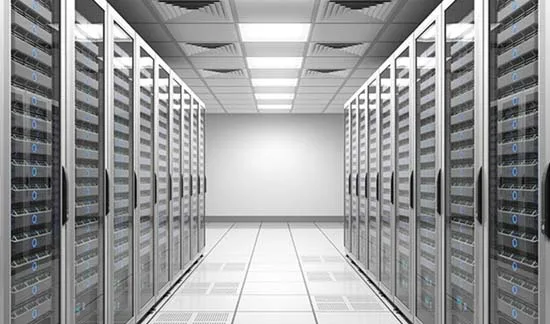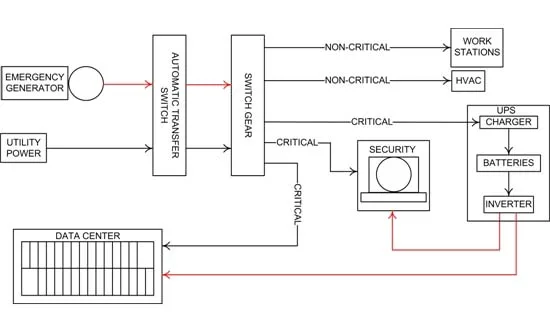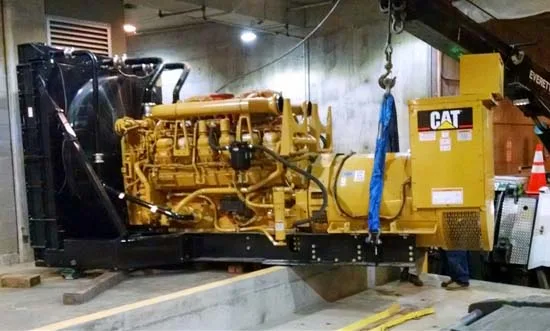
Data centers are critical hubs for telecommunications, data storage, and system operations across various industries, including hospitals, offices, and internet providers. Maintaining uninterrupted power is essential for their functionality, and backup generators play a pivotal role in ensuring continuous operations.
Key Components of Data Centers
Data centers house essential systems, including:
- Backup Power Controls: Maintain uninterrupted power supply during outages.
- Redundant Data Connections and Communications: Prevent data loss and maintain connectivity.
- Server Room Cooling Units: Regulate temperature to protect sensitive equipment.
- HVAC and Security Controls: Ensure a secure and optimal operating environment.
Function of Backup Generators in Data Centers
Backup generators activate during utility power outages to provide reliable power, ensuring uninterrupted operation of critical systems. Data center components are sensitive to power fluctuations, and even brief outages can cause:
- System downtime.
- Restart delays.
- Loss of in-process data.
Backup power ensures data centers transition seamlessly between utility and emergency power without service disruption.
Modes of Data Center Operation

- Normal Operation
- Power is supplied by utilities, routed through automatic transfer switches and switchgear.
- Critical systems (data centers, security systems, and UPS) receive uninterrupted power.
- Non-critical systems (HVAC, workstations) are connected directly to utility power without redundancy.
- Emergency Operation
- Utility power loss triggers the UPS to power critical systems temporarily.
- The backup generator starts, and the automatic transfer switch shifts to emergency power.
- Switchgear distributes power to critical and non-critical loads.
- UPS transitions to standby mode once the generator is operational.
When utility power is restored, the system reverts seamlessly to normal operation.
EPA Regulations for Emergency Generators
Diesel backup generators must comply with EPA emissions regulations to minimize environmental impact. Key emissions monitored include:
- Nitrogen Oxides (NOx): Colorless, naturally occurring gas.
- Hydrocarbons (HC): Organic compounds of carbon and hydrogen.
- Carbon Monoxide (CO): Toxic gas from incomplete combustion.
- Particulate Matter (PM): Suspended solid and liquid particles.
For emergency generator applications, regulations permit:
- Unlimited operation during power outages.
- Non-emergency operation for up to 100 hours annually.
Generator Source’s Role

Generator Source supports data center power needs by:
- Supplying industrial-grade generators for uninterrupted power supply.
- Purchasing used generators for refurbishment or resale.
- Offering deinstallation and decommissioning services for system upgrades.
Conclusion
Backup power systems, particularly diesel generators, are indispensable for data centers, ensuring operational continuity and data integrity during power outages. With adherence to EPA regulations and robust infrastructure, these generators provide a reliable lifeline, safeguarding critical systems and business operations.